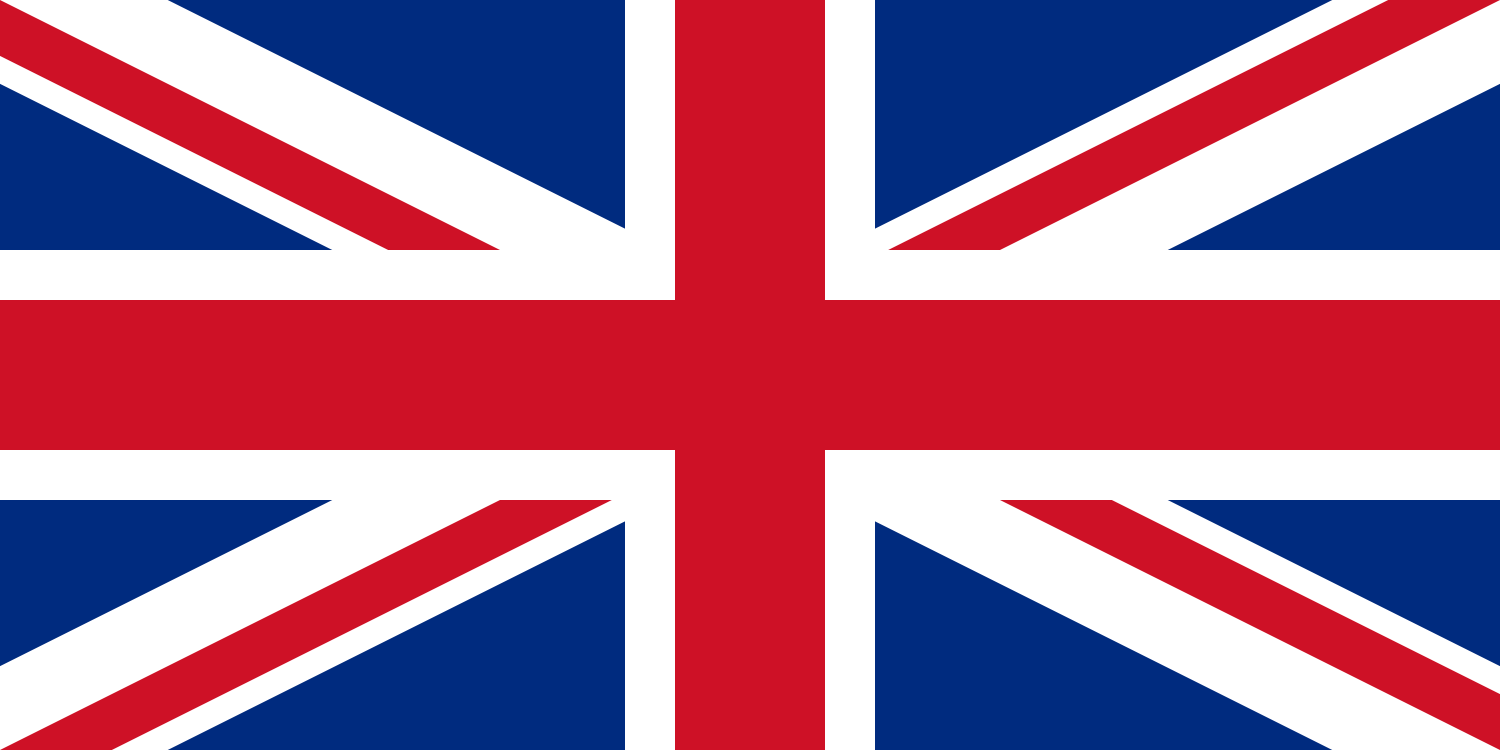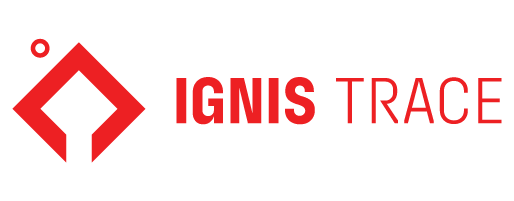
HSR-ZH Heat Tracing Cable

Low Smoke Zero Halogen Cable HSR-ZH
Fire safety is an essential consideration in modern infrastructure, especially in crowded or enclosed environments. The low smoke zero halogen cable (LSZH), such as the HSR-ZH series developed by Ignis Trace, is designed to reduce toxic gas emissions and smoke density in the event of fire. Unlike conventional cables, these cables do not release halogen-based gases, which are both corrosive and harmful to human health. Instead, they use specially engineered insulation materials that ensure safer evacuation and less damage to equipment.
The zero halogen cable structure not only supports fire resistance but also contributes to environmental sustainability and long-term durability. With superior performance and strict compliance with global safety standards, the HSR-ZH is an ideal solution for critical infrastructure. In this content, we’ll explore the HSR-ZH’s definition, technical features, use cases, installation process, and its many benefits. Whether you’re planning a commercial, industrial, or public-sector project, low smoke cable technology is a smart and secure choice.
What is Low Smoke Zero Halogen Cable?
A low smoke zero halogen cable is a type of electrical cable designed with materials that emit minimal smoke and no halogen-based toxic gases when exposed to high heat or flames. These cables are typically made with LSZH (Low Smoke Zero Halogen) compounds that replace traditional PVC insulation, significantly reducing the amount of black smoke and corrosive gases in a fire. This makes them an ideal solution in areas where fire safety, air quality, and visibility during evacuation are critical. They are especially useful in enclosed public spaces like hospitals, airports, schools, and tunnels, where the safety of large groups of people must be considered.
Beyond fire resistance, zero halogen cable options like the HSR-ZH series also offer excellent mechanical and electrical performance. These cables are often required in buildings where strict compliance with safety codes and environmental regulations is enforced. Because they do not release chlorine or other halogens, they help prevent corrosion on nearby equipment during a fire. As a result, low smoke cable systems are not only safer for people but also help reduce infrastructure damage, supporting long-term operational integrity.
How Does Low Smoke Zero Halogen Cable Work?
A low smoke zero halogen cable functions by using LSZH materials in its insulation and jacket layers, which resist ignition and suppress smoke and toxic gas emission during a fire. Unlike traditional cables, a zero halogen cable will not emit corrosive halogen gases. This ensures that a low smoke cable maintains air quality and reduces equipment damage in emergencies.
Low Smoke Zero Halogen Cable Technical Specifications
The low smoke zero halogen cable HSR-ZH series is engineered for environments that demand both electrical performance and fire safety. It typically features a stranded copper conductor for optimal conductivity, an LSZH (Low Smoke Zero Halogen) insulation layer, and a flame-retardant outer sheath. These materials not only limit the spread of fire but also reduce the release of harmful fumes. The cable is compliant with standards such as IEC 60332, IEC 60754, and IEC 61034, ensuring flame resistance, low smoke emission, and halogen-free properties.
Mechanical durability is also a key specification. The zero halogen cable is resistant to UV radiation, moisture, and most industrial chemicals, making it suitable for both indoor and outdoor use. Its dielectric strength and temperature tolerance typically range between -20°C to +90°C. These cables are available in single-core and multi-core formats with various cross-sectional sizes to fit diverse applications. Overall, a low smoke cable like the HSR-ZH provides a strong combination of safety, reliability, and long-term performance in mission-critical environments.
Low Smoke Zero Halogen Cable Usage Areas
The low smoke zero halogen cable is essential in areas where fire safety and air quality are top priorities. Commonly used in public infrastructure such as hospitals, schools, metro stations, airports, and office buildings, these cables help prevent toxic smoke inhalation and maintain visibility during evacuation. Their halogen-free composition reduces the risk of corrosive gas damage, which makes them ideal for locations housing sensitive electronic equipment. The HSR-ZH model is particularly suitable for installation in cable trays, risers, ceilings, and wall systems in high-density areas.
Beyond public spaces, zero halogen cable systems are widely adopted in industrial settings. Data centers, power plants, tunnels, oil refineries, and manufacturing facilities rely on these cables for both operational integrity and employee safety. These environments often have strict compliance requirements regarding fire resistance and environmental sustainability. A low smoke cable solution ensures not only regulatory adherence but also protects equipment and personnel in case of fire, making it a critical component in modern building and infrastructure projects.
Low Smoke Zero Halogen Cable Assembly and Installation Process
Installing a low smoke zero halogen cable requires attention to environmental and mechanical factors to maintain safety and performance. Before installation, the site conditions—such as ambient temperature, humidity, and cable routing layout—should be assessed carefully. The cables must be laid using proper supports like cable trays or conduits to avoid tension, crushing, or sharp bends. Since LSZH jackets are slightly less flexible than traditional PVC, the bend radius must be respected to avoid internal damage. In riser and horizontal installations, ensure secure anchoring and consistent spacing to reduce strain.
During installation, each zero halogen cable should be labeled and documented, especially in complex systems like data centers or critical infrastructure. Specialized terminations, connectors, and fire-resistant sealing techniques may be required depending on the application. Electrical continuity tests and insulation resistance checks should follow industry standards. A low smoke cable installation not only protects lives but also preserves the long-term integrity of the electrical system. Engaging with certified professionals and following manufacturer guidelines ensures maximum effectiveness.
How to Calculate Low Smoke Zero Halogen Cable Length?
Calculating the length of a low smoke zero halogen cable involves measuring the full routing path, including vertical runs, horizontal sections, and turns. Always add an extra margin for terminations and future adjustments. When planning a zero halogen cable installation, factors like voltage drop, bending radius, and redundancy are critical. Accurate measurement ensures a reliable and efficient low smoke cable layout.
Advantages of Using Low Smoke Zero Halogen Cable
The most significant advantage of a low smoke zero halogen cable is its ability to minimize harm in fire situations. Unlike conventional cables, LSZH variants release far less smoke and do not emit toxic halogen gases, making evacuation easier and safer. This is particularly crucial in enclosed or high-occupancy buildings where smoke inhalation is a leading cause of injury. In addition to enhanced safety, these cables are also more environmentally friendly, as they reduce long-term pollution and are often recyclable. Their performance in harsh conditions—such as exposure to heat, chemicals, and UV rays—makes them reliable for demanding applications.
From a cost-efficiency perspective, zero halogen cable systems can help reduce post-fire maintenance expenses. Because they don't emit corrosive gases, damage to metal structures, electronics, and ventilation systems is significantly reduced. These cables are compliant with international safety standards, often required in both public and private infrastructure projects. Furthermore, using low smoke cable technology shows a commitment to health, safety, and environmental responsibility, making it a preferred choice in modern construction and industrial design. Whether in new builds or retrofit projects, their long-term benefits far outweigh the initial investment.
- It will not burn or overheat even when overlapped
- It self-regulates thermal performance in response to temperature
- It can be cut to any length to suit any installation condition
- Features Independent heat output control along the length
- Soft power switching (which improves energy savings and efficiency) and gives a longer service life
- Easy termination for power
Min. installation temperature : -60°C
Temperature classification ( T- rating ) : T6 (85°C)
Rated voltage : 100 ~ 120 Vac, 200 ~ 277 Vac
Rated power output : 10, 16, 24 and 30 watt/m@10°C
Dimension(nom.)
Specification FBL10x, 16x, 24x 11.6mm x 5.6mm
FBL30x 13.6mm x 5.6mm
Bus wire - ASTM B355 Class 2 NPC AWG16
Outer jacket
FR polyolefin (CP) : Exposure to aqueous inorganic chemicals
Fluoropolymer (CF) : Exposure to organic chemicals or corrosives

 Türkçe
Türkçe


